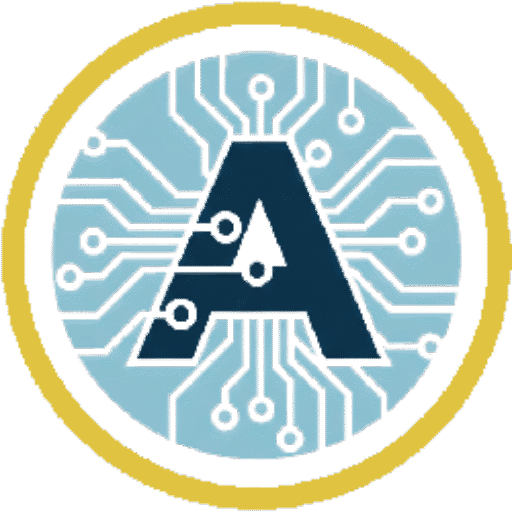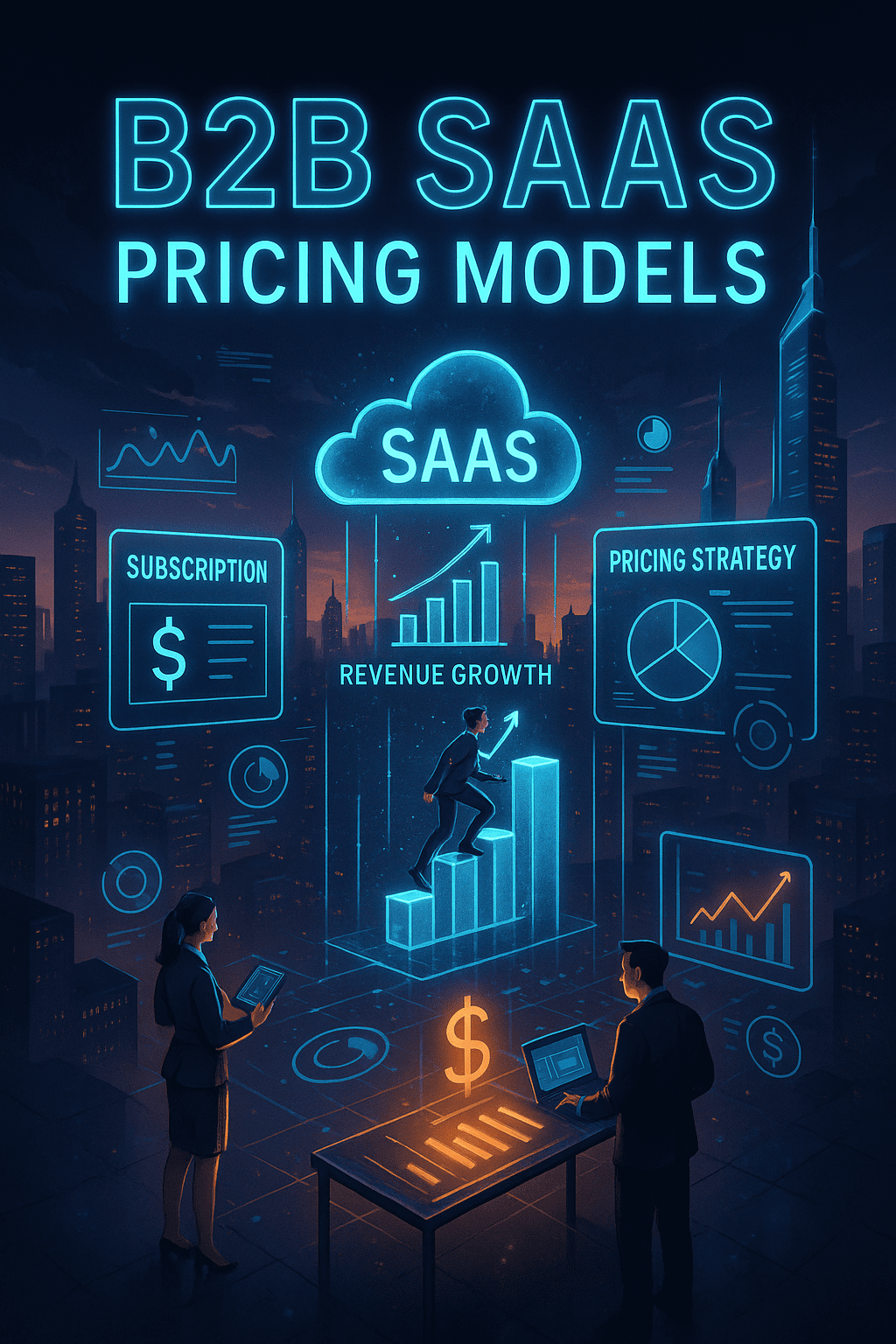A B2B SaaS pricing model is the strategic framework a software company uses to charge business customers for its services. It dictates what the customer pays for (the value metric) and how much they pay. Selecting the right model is arguably the most critical business decision for a SaaS company, as it directly impacts customer acquisition, retention, scalability, and, ultimately, lifetime value.
The core goal of any successful B2B SaaS pricing strategy is Value-Based Pricing: aligning the cost of the software precisely with the quantifiable value a customer receives from it. When value alignment is achieved, the customer perceives the price as fair, leading to higher customer satisfaction and lower churn.
1. Core Foundational Pricing Models
Most B2B SaaS products use one or a combination of the following four foundational models.
Per-User Pricing (The Seat License)
Per-User Pricing, or per-seat pricing, is the most traditional and straightforward model, where the customer pays a fixed monthly or annual fee for each individual person (seat) who accesses the software.
- Pros (For the Vendor): Simplicity, making it easy to understand, calculate, and forecast revenue (ARR). Revenue scales predictably with customer headcount. Headcount is a clear value metric and an obvious measure of company size.
- Cons (For the Customer & Vendor): It incentivizes customers to limit adoption and share logins (“seat sharing”), leading to stagnant adoption. It creates value misalignment because usage isn’t considered; a heavy user costs the same as a light user. It can limit growth by becoming a barrier to product expansion across departments.
- Best Suited For: Collaboration tools (Slack, Asana), CRMs (Salesforce), or software where individual input and access are non-negotiable for business function.
Tiered Pricing (Good/Better/Best)
Tiered Pricing is the most widely adopted B2B SaaS pricing structure. Vendors offer 3 to 5 distinct packages (e.g., “Basic,” “Pro,” “Enterprise”) at escalating price points, with each tier bundling different combinations of features, limits on usage, and levels of support.
- Pros (For the Vendor): Captures a wide range of customers, from small businesses to large enterprises (broad market coverage). It simplifies buying, allowing customers to self-select the package that fits their budget and needs. It creates a clear upsell path, allowing customers to upgrade as their needs or company grows.
- Cons (For the Vendor): Too many tiers or confusing feature lists can lead to “Paralysis by Analysis” for buyers. Feature bloat in lower tiers can fail to demonstrate core value. The Enterprise tier may not fully capture the value provided to the largest customers, leaving money on the table.
- Best Suited For: Almost any SaaS product, particularly when combined with other models like “Tiered + Per-User” where tiers dictate the feature set and user count determines the total price.
Usage-Based Pricing (Consumption Model)
Usage-Based Pricing (UBP), also called Consumption Pricing or Pay-As-You-Go, charges customers based on their actual consumption of a specific value metric.
- Examples: API calls (Twilio, data processing), transactions processed (Stripe), or gigabytes transferred (AWS, output).
- Pros: Offers superior value alignment, as customers only pay more when they are using the product more and deriving more value. Provides low barrier to entry, making adoption easy. Revenue scales linearly and automatically with customer success (scalability).
- Cons: Customers often dislike the lack of clarity on their next bill (unpredictable spend). Requires a sophisticated billing infrastructure to track consumption accurately (complex billing). Customers may limit usage to control costs, which can reduce their reliance on the tool (churn risk).
- Best Suited For: Infrastructure, data-intensive, and payment processing services where the vendor’s cost is directly tied to the customer’s usage. It is considered the most “modern” SaaS pricing model.
Feature-Based Pricing
Feature-Based Pricing involves charging customers based on which core features are included in their package. This model focuses on gating a single, high-value feature, even within tiered plans.
- Example: Charging the highest tier specifically for access to an “Predictive AI Forecasting” module, regardless of the user count.
- Pros: Clearly demonstrates the value of premium features, driving upselling. Simplifies differentiation, making it easy to explain why the “Pro” plan costs more than “Basic”.
- Cons: Customers may not know which features they truly need (risk of confusion). It doesn’t account for how heavily a specific feature is used (value metric confusion).
- Best Suited For: Products with one or two truly transformative capabilities that appeal exclusively to enterprise-level clients.
2. Complementary Pricing Models & Strategies
These models define the overall market approach, complementing the foundational pricing structure.
Flat-Rate Pricing
This charges a single, fixed price for unlimited access to all features and users.
- Pros: Easiest to sell; offers maximum revenue simplicity.
- Cons: Leaves significant money on the table; poor for scalability. Often only suitable for niche tools or small, single-feature products.
Go-To-Market Strategies: Freemium vs. Free Trial
These acquisition strategies act as customer acquisition funnels:
| Strategy | Description | Monetization Goal |
| Freemium | Provides a permanently free, yet limited, version of the product. | Convert a small percentage (2-5%) of free users into paid subscribers by hitting a usage or feature wall. |
| Free Trial | Offers full (or near-full) access to the paid product for a limited time (e.g., 7 or 14 days). | Convert a high percentage (20-30% is ideal) of highly qualified prospects who are already exploring a purchase. |
Value-Based Pricing (The Ideal)
This is the ultimate pricing strategy. It means determining the price based on the quantifiable business outcome the customer achieves by using the software, rather than merely the features it includes.
- Example: A sales enablement SaaS tool that helps a customer increase their revenue by $100,000 might reasonably charge them $10,000 (10% of the value created).
- Achieving this requires deep knowledge of the customer’s business and often translates into adopting a highly aligned model like Usage-Based Pricing.
3. Strategic Considerations: From Pricing to Packaging
Effective pricing is not just setting a number; it’s designing the packaging—how the features, limits, and support are grouped together—to drive specific customer behaviors.
The Power of Packaging and Tier Differentiation
The tiered model’s success hinges on two key factors:
- Gating the Right Features: The difference between a “Basic” and “Pro” plan must be based on a feature that creates a clear, quantifiable pain point for the customer when they hit the barrier. For B2B, this often means gating features essential for large organizations, such as:
- Integrations: Limiting the number or type of critical third-party integrations (e.g., Salesforce, SAP) to higher tiers.
- Security/Compliance: Restricting features like Single Sign-On (SSO), audit logs, and custom security settings to Enterprise plans.
- Service Level Agreements (SLAs): Guaranteeing specific uptime and dedicated support only to premium tiers.
- The “Good, Better, Best” Rule: Presenting a minimum of three tiers prevents the buyer from defaulting to “nothing.” The middle tier (the “Better” option) should be engineered to have the highest perceived value, making it the primary target for most customers.
How to Choose the Right B2B SaaS Pricing Model
Choosing an effective pricing model requires answering three strategic questions that directly align the price with the value delivered:
A. Define Your Value Metric
The Value Metric is the single unit of value that dictates pricing. It is the key driver of value for your customer.
- Collaboration/Internal Governance: Metric is likely Per-User.
- Scale/Processing/Automation: Metric is likely Consumption/Usage (e.g., messages, compute time, API calls).
- Specific High-End Outcomes: Metric is likely Feature-Based (e.g., access to a machine learning engine).
B. Plan for Expansion Revenue
Expansion revenue (upsells, cross-sells, upgrades) is crucial for SaaS success.
- Per-User and Usage-Based models are excellent for automatic expansion revenue, as customer growth automatically increases billing without a renegotiation.
- Flat-Rate models offer the lowest expansion revenue potential.
C. Align with Your Cost Structure
The pricing model should ideally reflect the vendor’s cost-to-serve.
- High Variable Cost (e.g., hosting, API calls, data storage): Usage-Based Pricing is necessary to ensure profit margins are maintained as customer usage increases.
- Low Variable Cost (e.g., pure software, low API use): Per-User or Tiered Pricing is safe, as the cost of adding another user is negligible.
By clearly defining the value metric, prioritizing expansion, and matching cost structure, a SaaS business can create a pricing strategy that fuels sustainable growth and achieves the ideal state of Value-Based Pricing.

